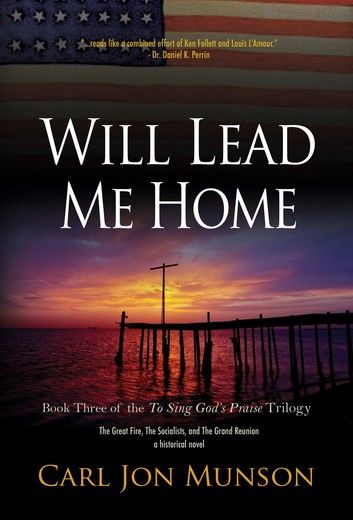Pastor Nordquist and his family head north to one of the most beautiful places on earth, the Skagit River Valley, and encounter socialists organizing Equality, a socialist nirvana colony. The experiment quickly develops frustration, acrimony, and labor discord, building to a crisis and ending in another tragic fire. To the south, capitalists conceive the “West Coast New York,” an extensive land and waterfront purchase for commercial and residential development begun by a wealthy circle of friends including John D. Rockefeller, until the Panic of 1893 undermines the entire scheme. Rockefeller gradually takes control and directs his friend and most trusted advisor, Rev. Frederick T. Gates, to unload all assets at a profit, a seemingly impossible request. It’s a fascinating story of the euphoric highs and deadly lows of 19th century capitalism. In the wake of these events, Pastor Nordquist witnesses a major and deadly confrontation between Big Bill Haywood’s Industrial Workers of the World (IWW) and a small army of other working men led by Sheriff Donald McRae, one of the most indomitable lawmen in the history of America. Finally entering retirement, Pastor Nordquist concludes the trilogy with a Titanic sister ship in a real WWI incident that, like much else in the trilogy, leaves a reader wondering: why didn’t I know this? The joyful ending sees Pastor Nordquist revisiting Sweden very late in life, followed by the short epilogue—an exclamation mark at the end of a life’s emotional journey, a journey in three parts.












